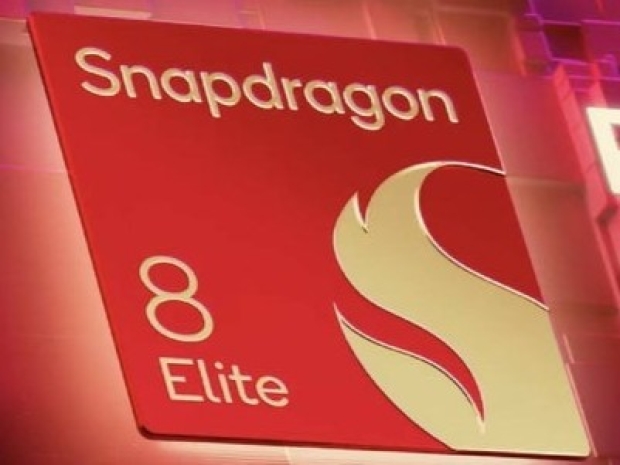This move hints at a broader shift in Qualcomm’s roadmap, potentially offering manufacturers a cheaper but modern option alongside a higher-end variant. The idea is to widen appeal without compromising on cutting-edge specs.
Despite the dual-tier approach, both Elite 3 versions will use the same 2 nm node. TSMC has again secured the orders, while Samsung Foundry reportedly failed to win the contract.
That 2 nm tech won’t come cheap. Leaked pricing points to significant hikes, which could drive up smartphone prices or force some OEMs to opt out altogether.
Samsung’s chip plans are under pressure. The Exynos 2500 missed its development window and won’t make it into the Galaxy S25. The company is now rushing to finish its 2 nm Exynos 2600, aiming for a debut in the Galaxy S26 series.
Qualcomm could gain ground here, offering a more accessible version of the Elite 3 for budget or mid-range phones. This might appeal to brands like Samsung that are juggling chip supply between foldables and flagship devices.
For example, the Galaxy Z Flip 7 will likely ship with Exynos 2500, while the Snapdragon 8 Elite series powers the more premium Galaxy Z Fold 7. If a lower-cost Elite 3 had been available, the choice for Samsung might have been easier.
With MediaTek still lurking in the budget segment, Qualcomm’s play for flexibility could also be about keeping OEMs inside its tent.
The Snapdragon 8 Elite 3 is expected in 2026, head-to-head with the fruity cargo cult Apple's 2 nm A20 chip.




